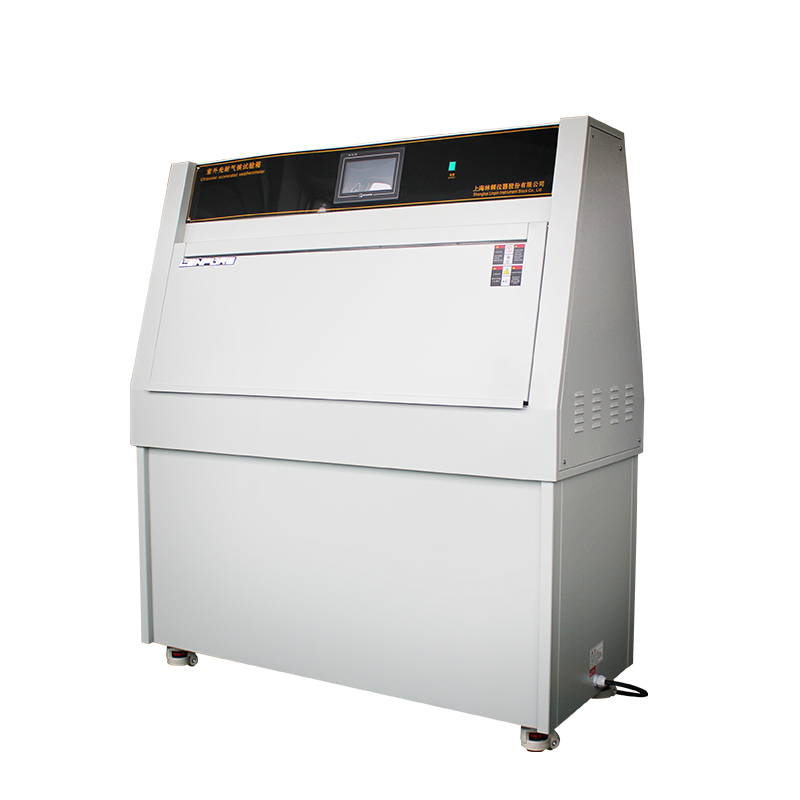

How can you make your UV aging test chamber perform more stably? In fact, proper daily maintenance and avoiding equipment malfunctions are key. There are many factors to consider during regular use. Today, we will introduce several common points to ensure stable performance.
1. Proper Placement of the UV Aging Test Chamber
The test chamber has specific requirements for its installation environment, including space size, temperature, and humidity. The area should be free of flammable or explosive materials that could pose a fire hazard. Additionally, since the equipment generates heat during operation, ensure there are no obstructions around it that could affect test results. The surrounding area should also be equipped with emergency firefighting tools to prevent serious accidents.
2. Avoid Improper Operation
Incorrect operation may lead to inaccurate test results or even equipment failure. Therefore, operators must be thoroughly trained in proper procedures. Manufacturers typically provide technical training, and operators should take it seriously to master essential knowledge and prevent operational errors.

3. Pay Attention to Equipment Parameters
Modern test chambers feature multiple control systems, each with different parameter settings. When configuring these parameters, ensure they comply with relevant standards to maintain accuracy and reliability.
4. Respond Promptly to Alarms
If the equipment triggers an alarm, it indicates a malfunction in a component or process. Operators must take immediate action using emergency protocols to prevent prolonged issues that could worsen the situation.
To keep your UV aging test chamber running stably, follow these guidelines and perform regular maintenance. Proper care not only ensures consistent performance but also extends the equipment’s lifespan.